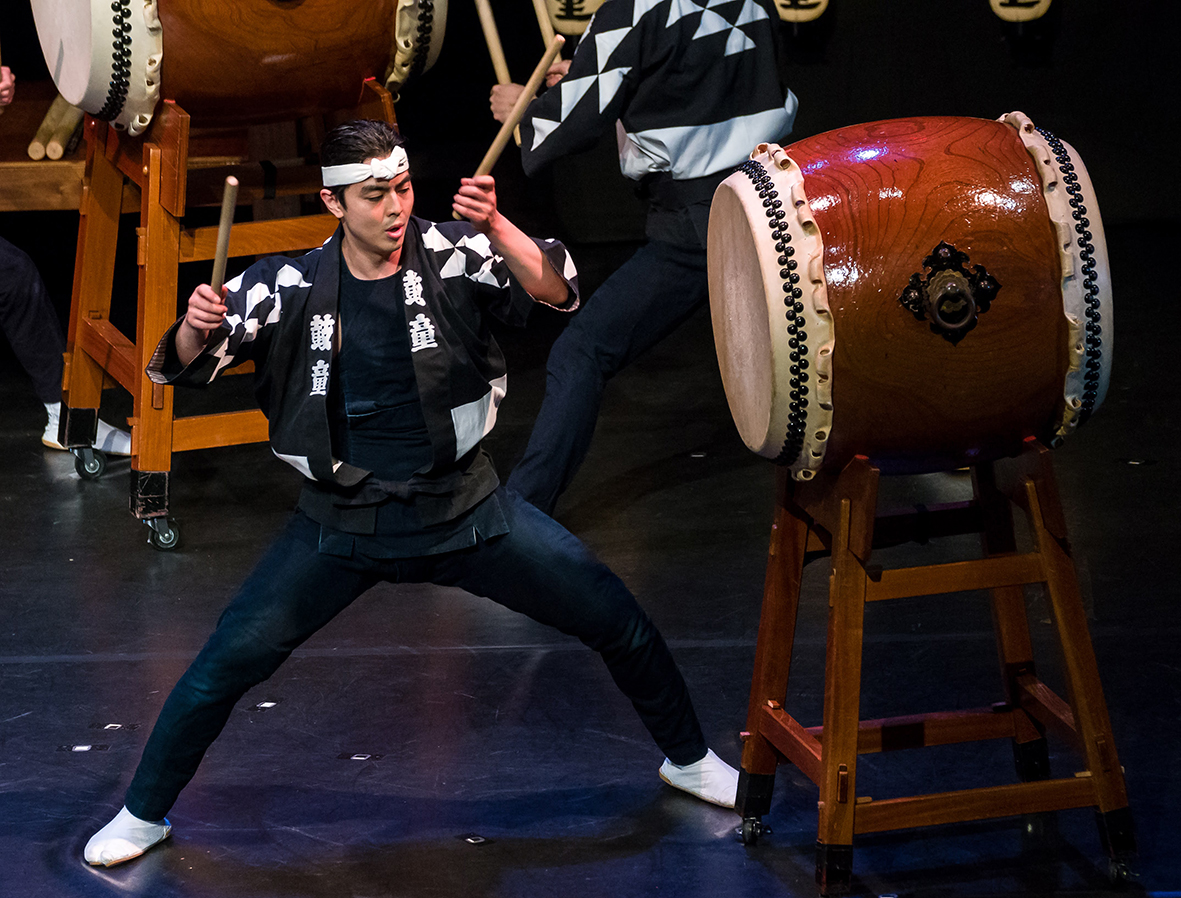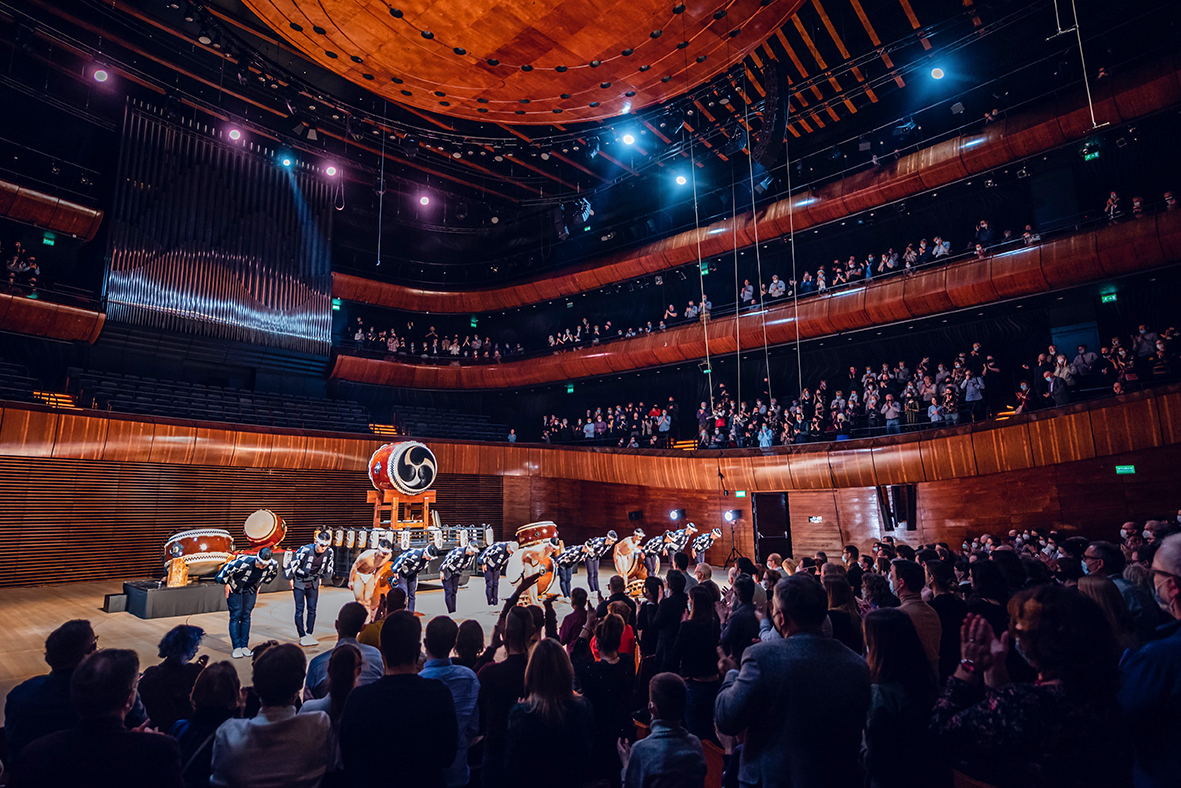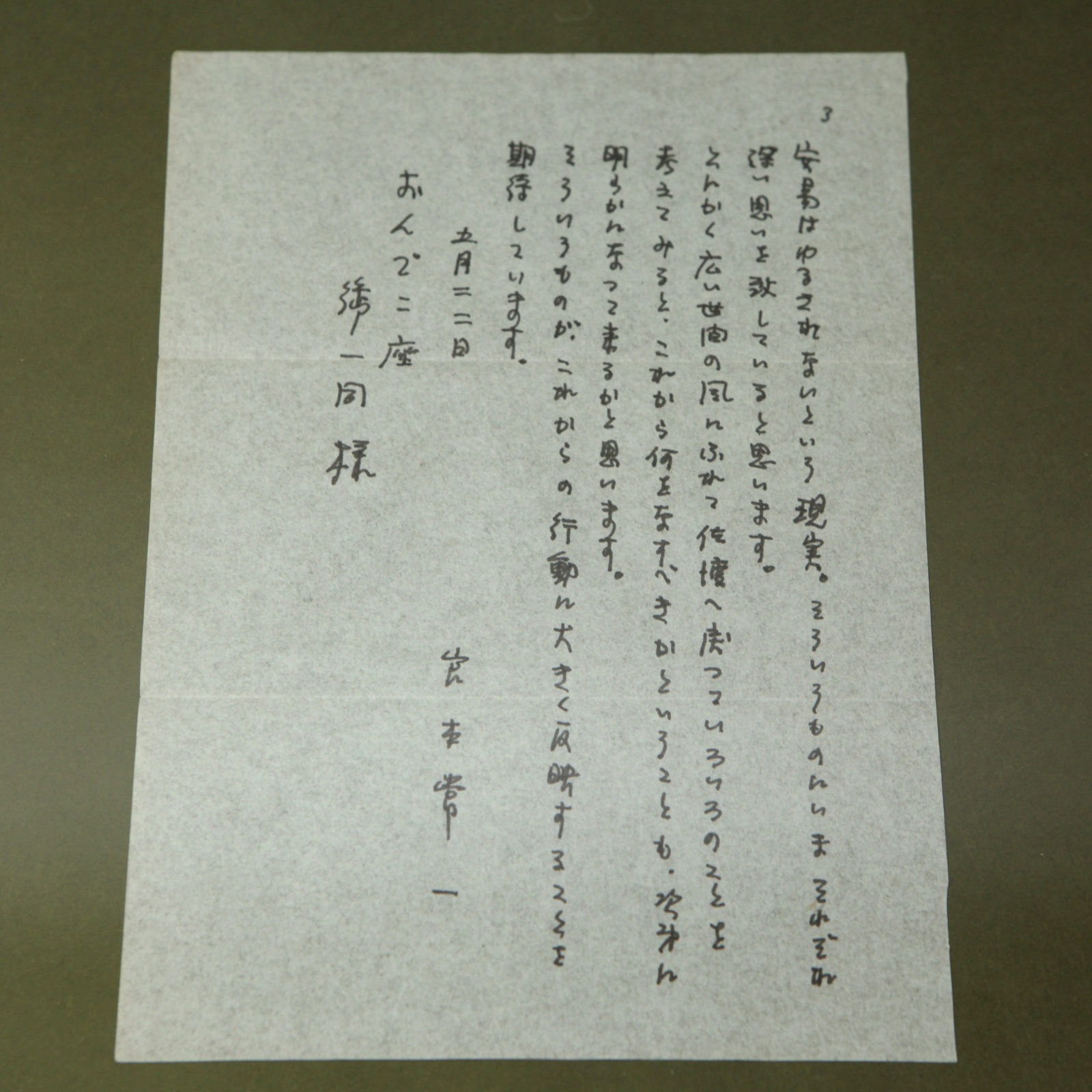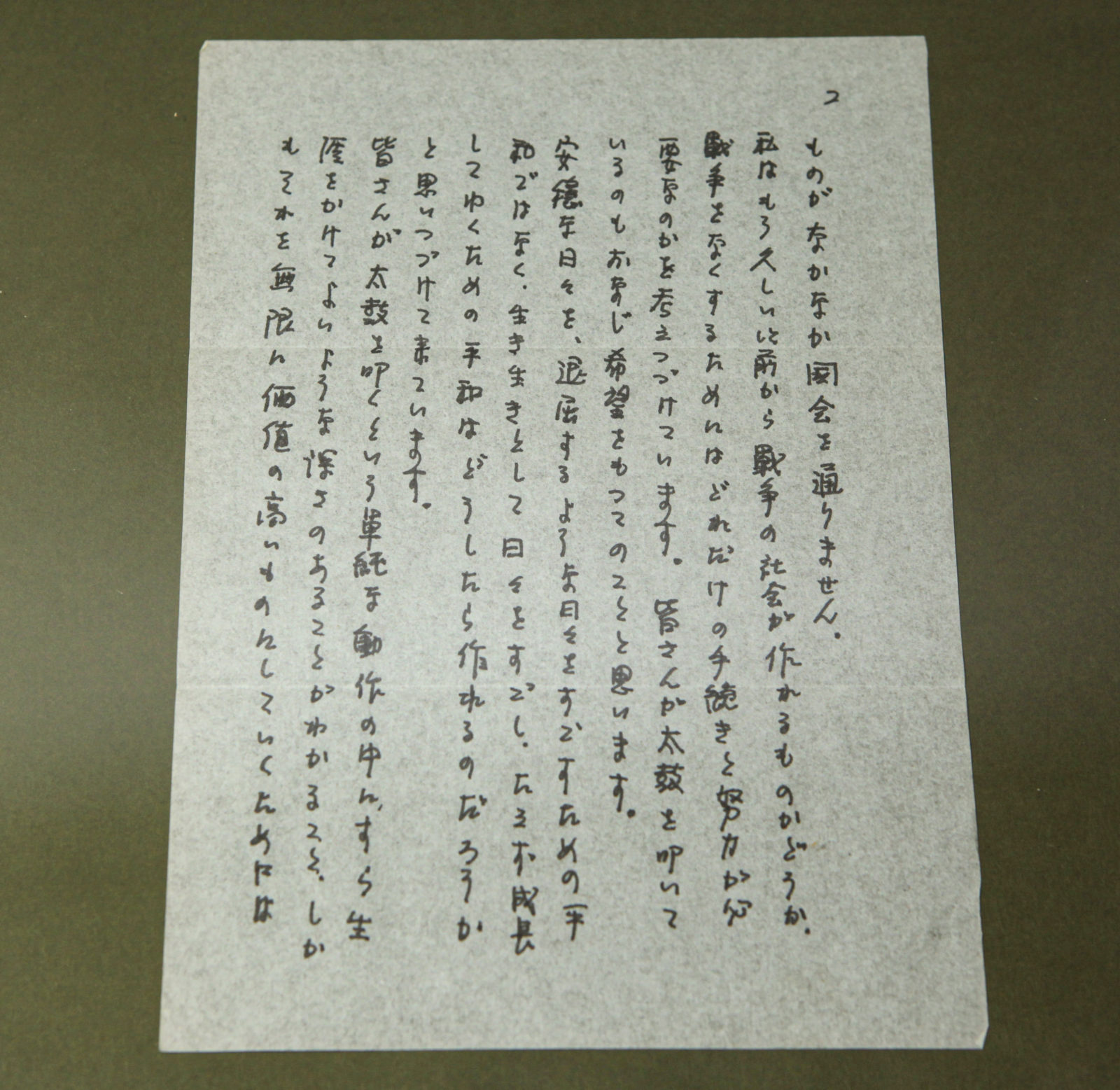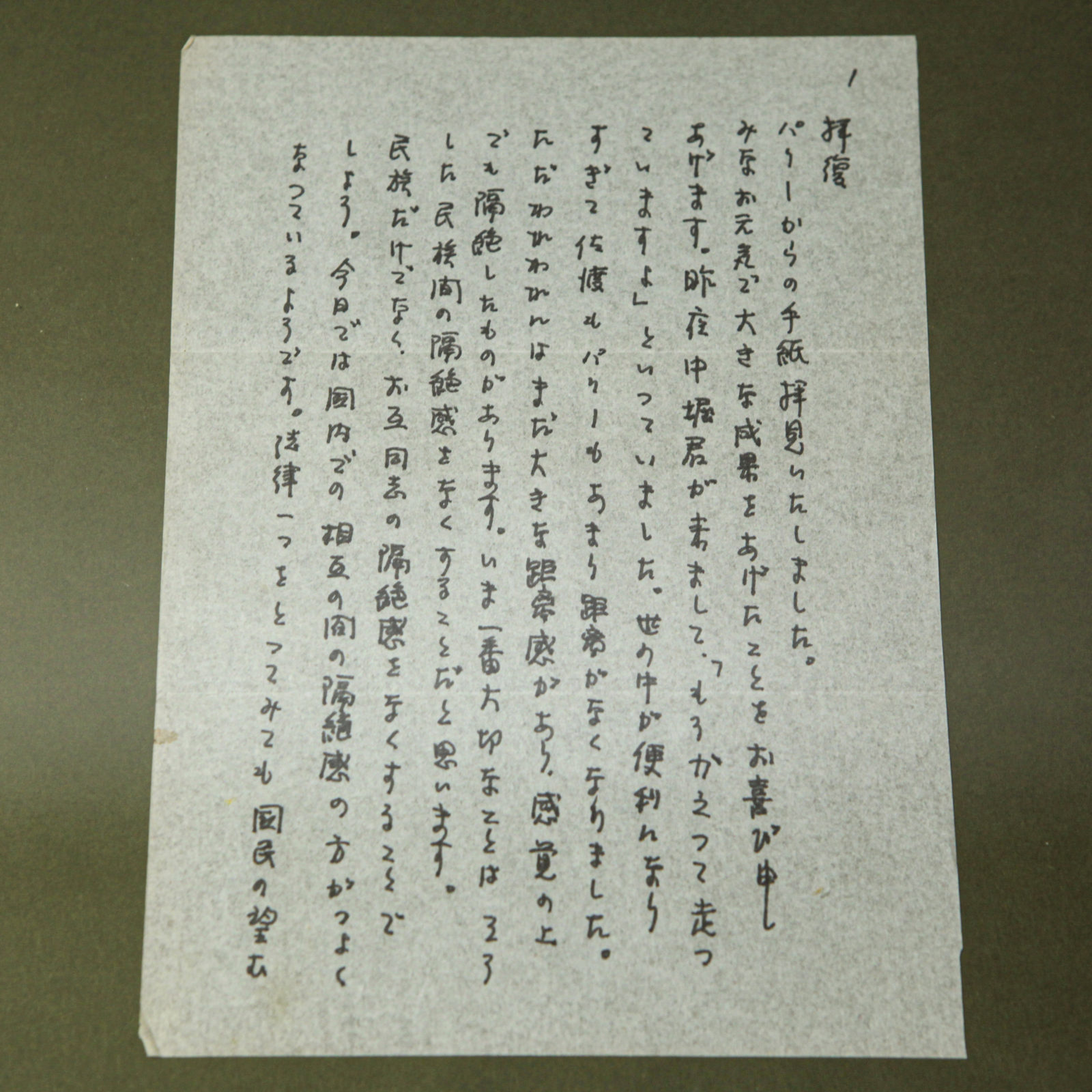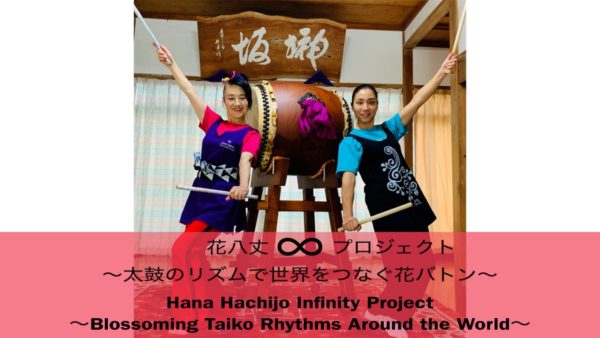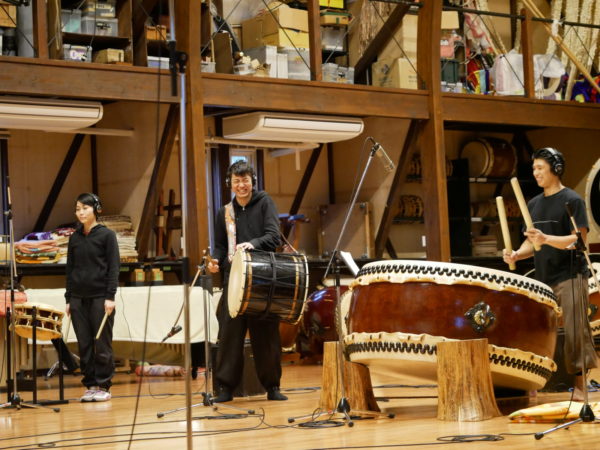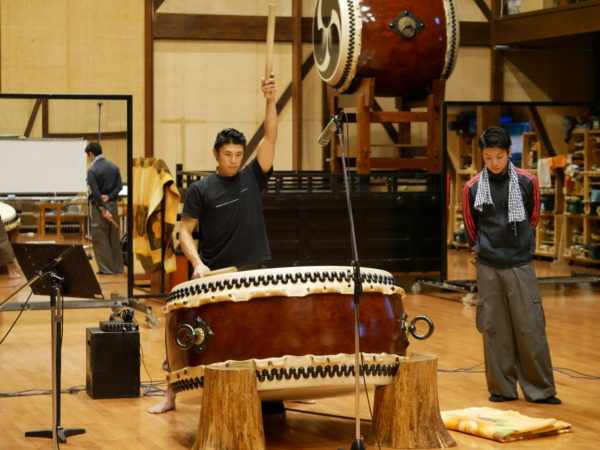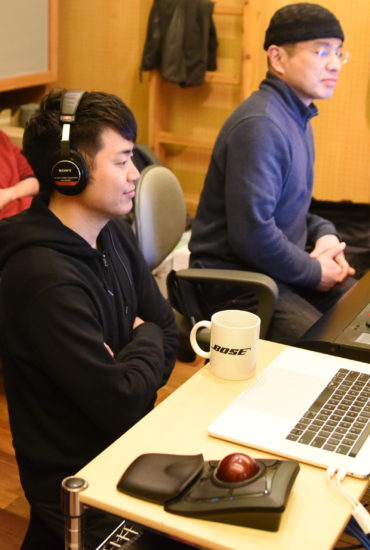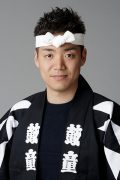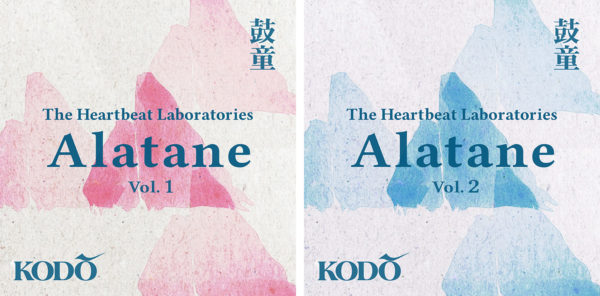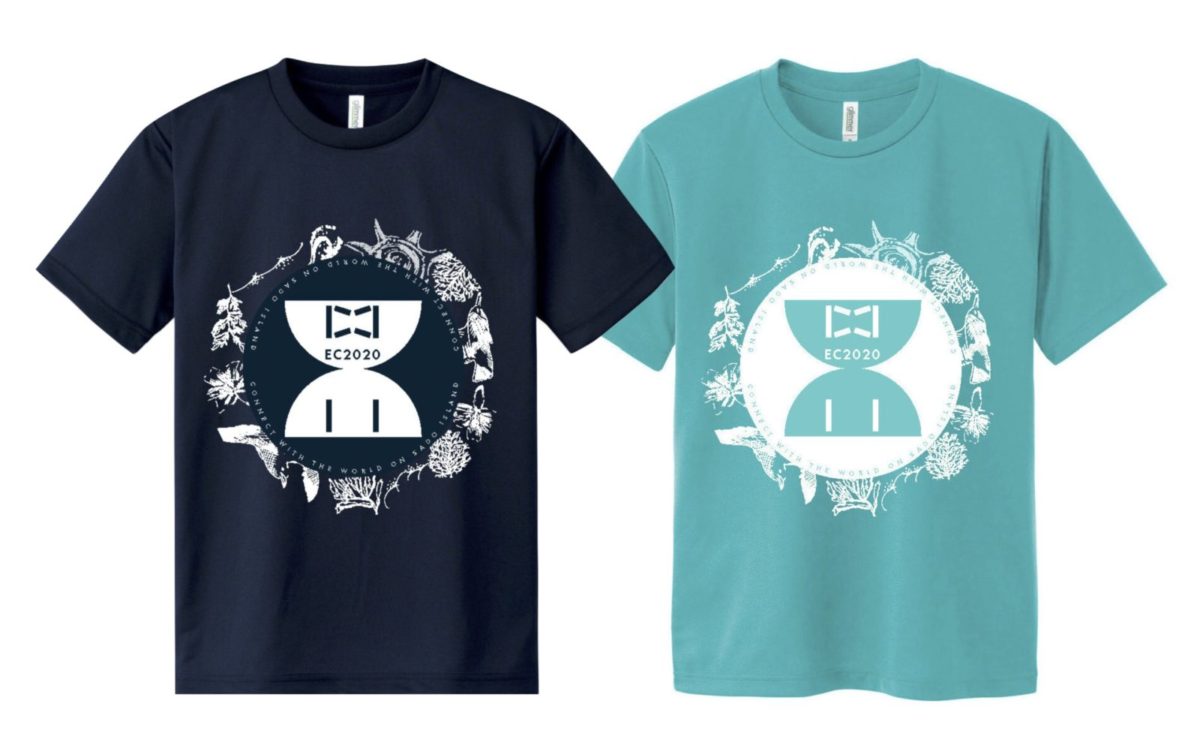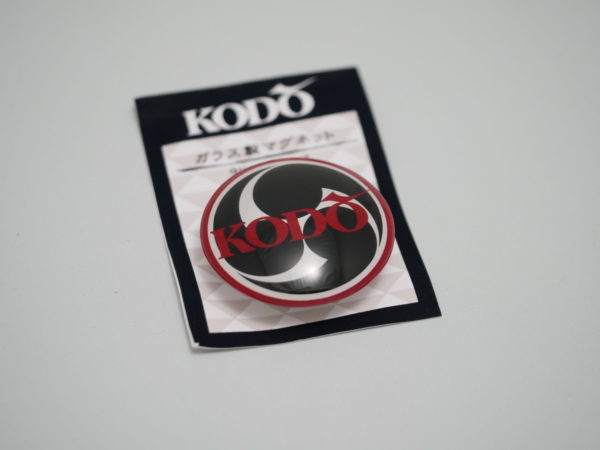Reflecting on Our 2022 Europe Tour
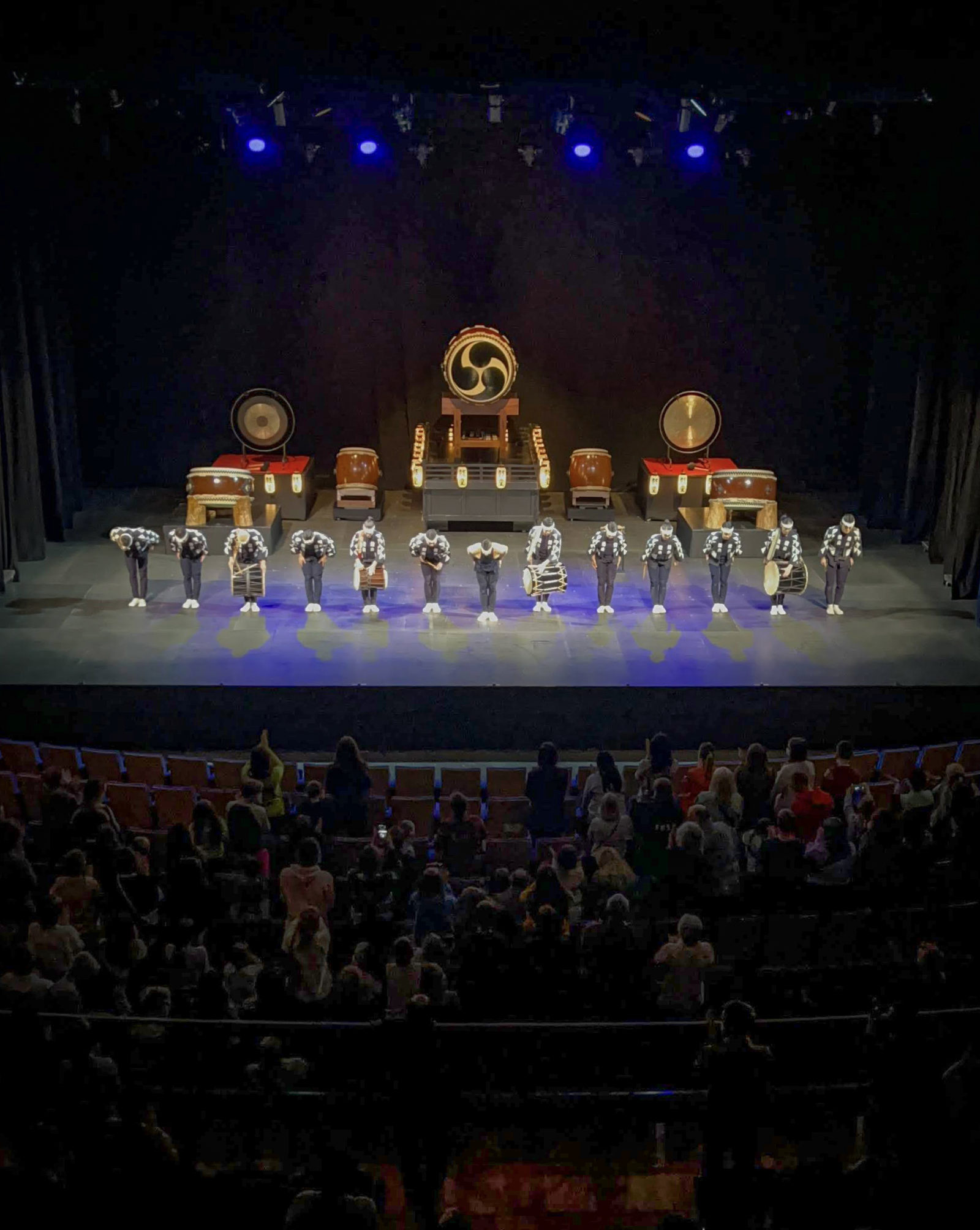
The finale of a special concert for refugees from Ukraine in Tallinn, Estonia, on Mar. 29, 2022
Takuro Susaki
The Europe tour cast and crew have returned to Japan.
It was a real joy for Kodo to have been able to welcome and delight so many people at the concert venues we visited across Europe. I sincerely thank everyone who attended our performances, along with the many people who gave their all to make our performances possible.
As many of you know, the cast and crew faced numerous difficulties touring during a pandemic, including situations like concert cancellations that had a huge, direct impact on our tour. In Estonia, we held a concert for refugees from Ukraine, where Kodo felt the close presence of a large number of people who had lost their homes and family due to war. In many ways, this tour shook the cast and crew to the core.
Now that they are safely home, we would like to use our blog as a space where the cast members of our Europe tour can unpack and share their thoughts. I want the entire Kodo Group to learn from their experiences and for us to explore and process their stories as a group. We will use these learnings together as we plan what we can and should do next.
Takuro Susaki
President
Kitamaesen Co., Ltd.
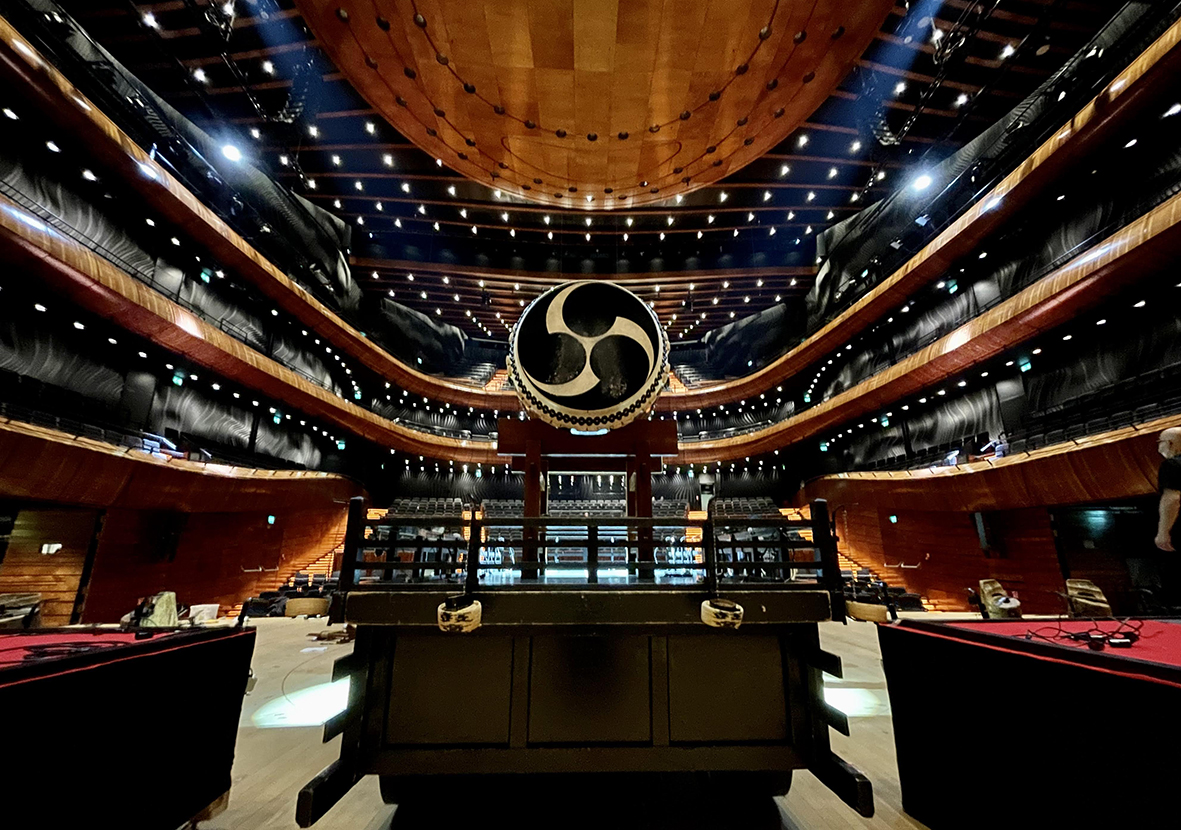
Ryotaro Leo Ikenaga
We have just got back to Japan safely after our two-month-long Europe tour.
Two years ago, our Europe tour was suddenly cut short when the COVID-19 pandemic escalated: we had to return to Japan, canceling the remainder of our performances. This time, we were touring during times of pandemic and war. While both tours were memorable in different ways, our 2022 tour was an experience that really shook each and every one of us to our core.
Prior to leaving Japan, we did not know what to expect; how many people would show up to our performances? However, much to our surprise, we were welcomed by a large, warm audience everywhere we went.
Since the pandemic started, we Kodo members have felt conflicted about our purpose in this world. Performing in front of a full house audience and hearing the words “Thank you for coming,” was truly reassuring for all of us.
What can we do as taiko performers to make this world a better place?
Tackling this question has been Kodo’s mission for over 40 years, and this tour reminded all of us that we must once again ask ourselves this very question.
Ryotaro Leo Ikenaga
Kodo “Tsuzumi” 2022 Europe Tour Cast Member
